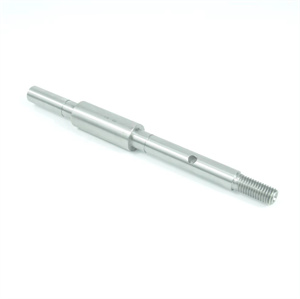Tempering Of CNC Turned Parts
The tempering process of CNC Turned Parts is a crucial metal heat treatment step aimed at changing the properties of the metal through heating and cooling.
Tempering steps
Put the workpiece into the tempering furnace:
Place CNC Turned Parts into a dedicated tempering furnace.
Ensure that the CNC Turned Parts are evenly distributed in the furnace for uniform heating.
Heat to appropriate temperature:
Select the appropriate tempering temperature based on the material and required properties of CNC Turned Parts.
Low temperature tempering is usually carried out at 150-250 ℃, medium temperature tempering is between 350-500 ℃, and high temperature tempering is above 500-650 ℃.
During the heating process, the temperature should be gradually increased to avoid deformation or cracking of the workpiece caused by rapid heating.
Holding time:
CNC Turned Parts need to be maintained in the tempering furnace for a period of time after reaching the set temperature to ensure that the heat energy is fully absorbed.
The length of holding time depends on the material and thickness of the workpiece, and usually needs to be adjusted according to process requirements.
Cooling:
After reaching the required holding time, CNC Turned Parts should gradually cool down.
The cooling process usually adopts air cooling or furnace cooling methods to avoid cracking or deformation of the workpiece caused by rapid cooling.
Test performance:
The tempered CNC Turned Parts need to be tested to ensure they have the required performance.
Testing may include hardness testing, tensile testing, impact testing, etc., depending on the application scenario and requirements of the workpiece.
matters needing attention
Temperature control: Temperature control during the tempering process is crucial, as high or low temperatures can affect the performance of CNC Turned Parts.
Time control: The control of holding time is equally important, as too long or too short a time can affect the tempering effect.
Uniformity: The distribution of CNC Turned Parts in the tempering furnace should be as uniform as possible to ensure uniform heating and avoid performance differences.
Cooling speed: The cooling speed should be moderate to avoid deformation or cracking of CNC Turned Parts caused by being too fast or too slow.
